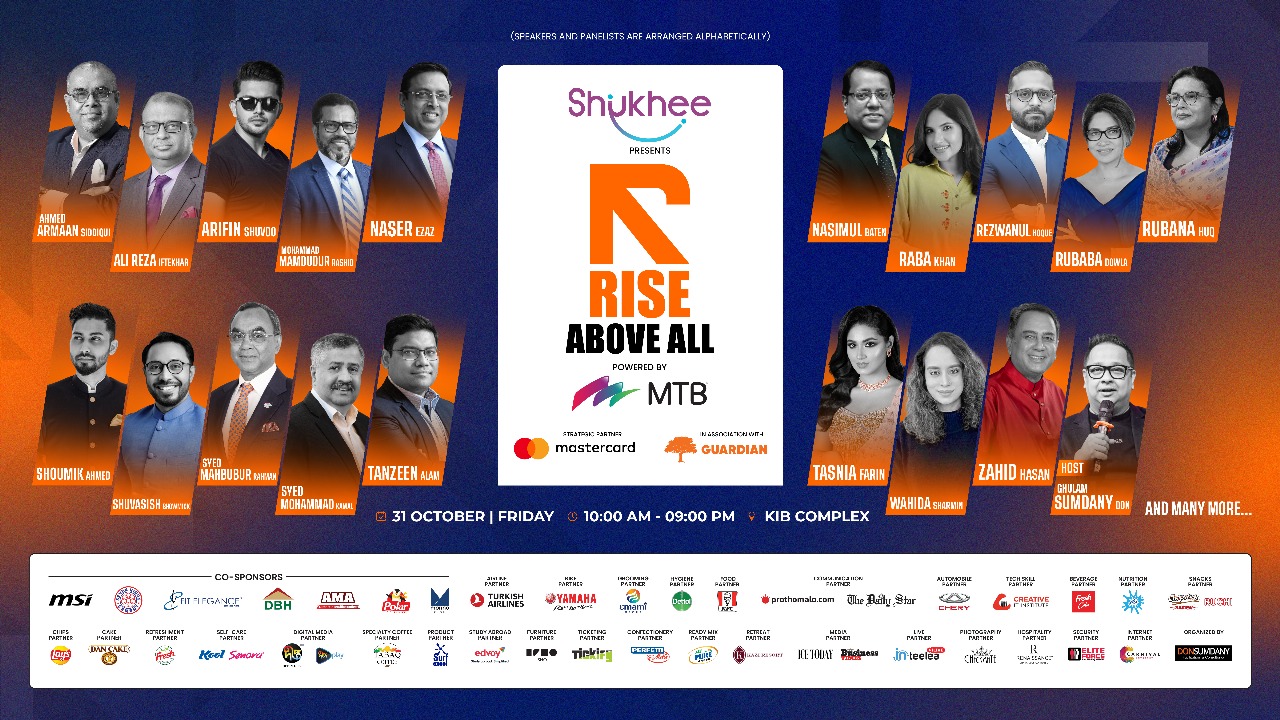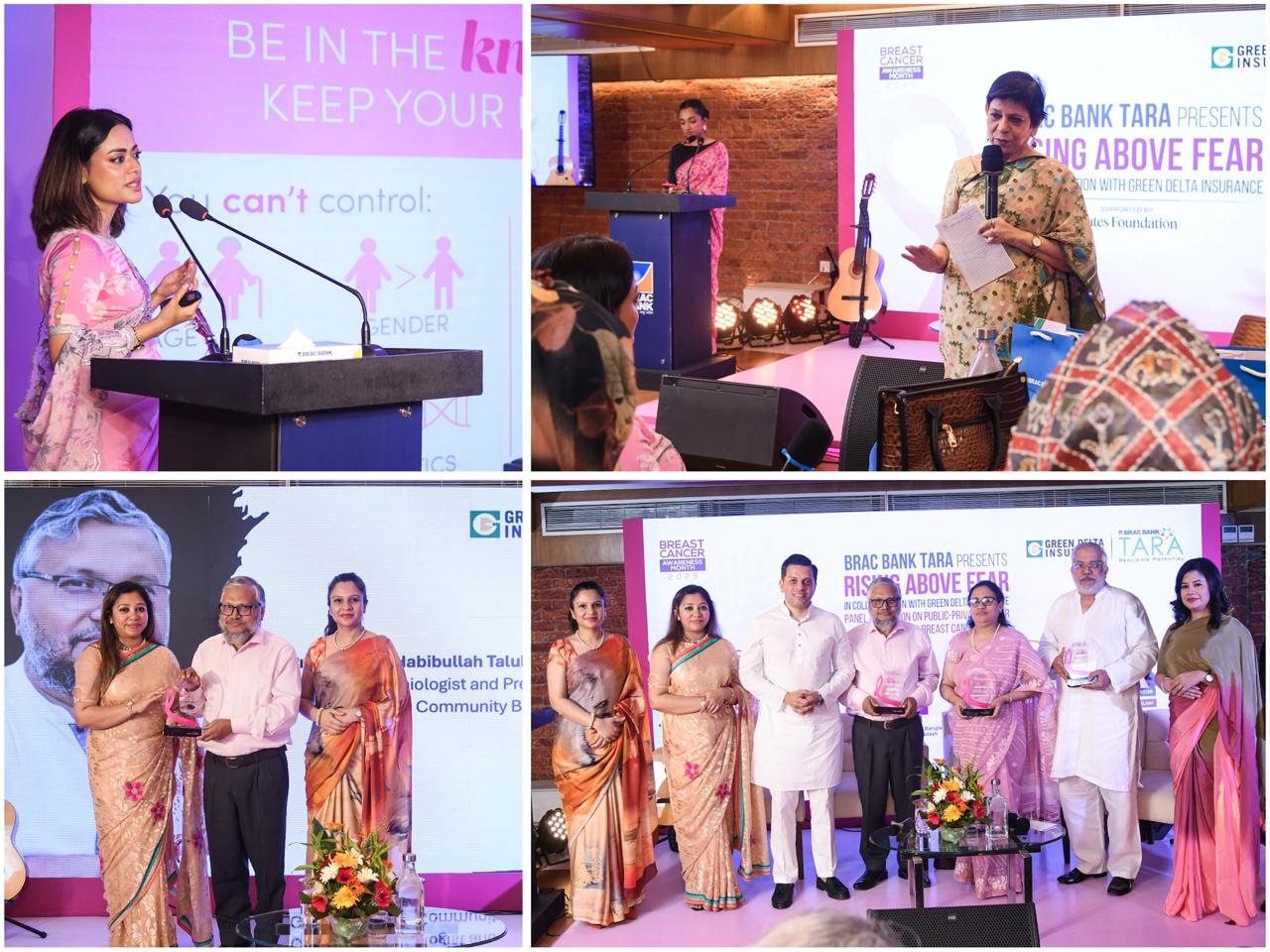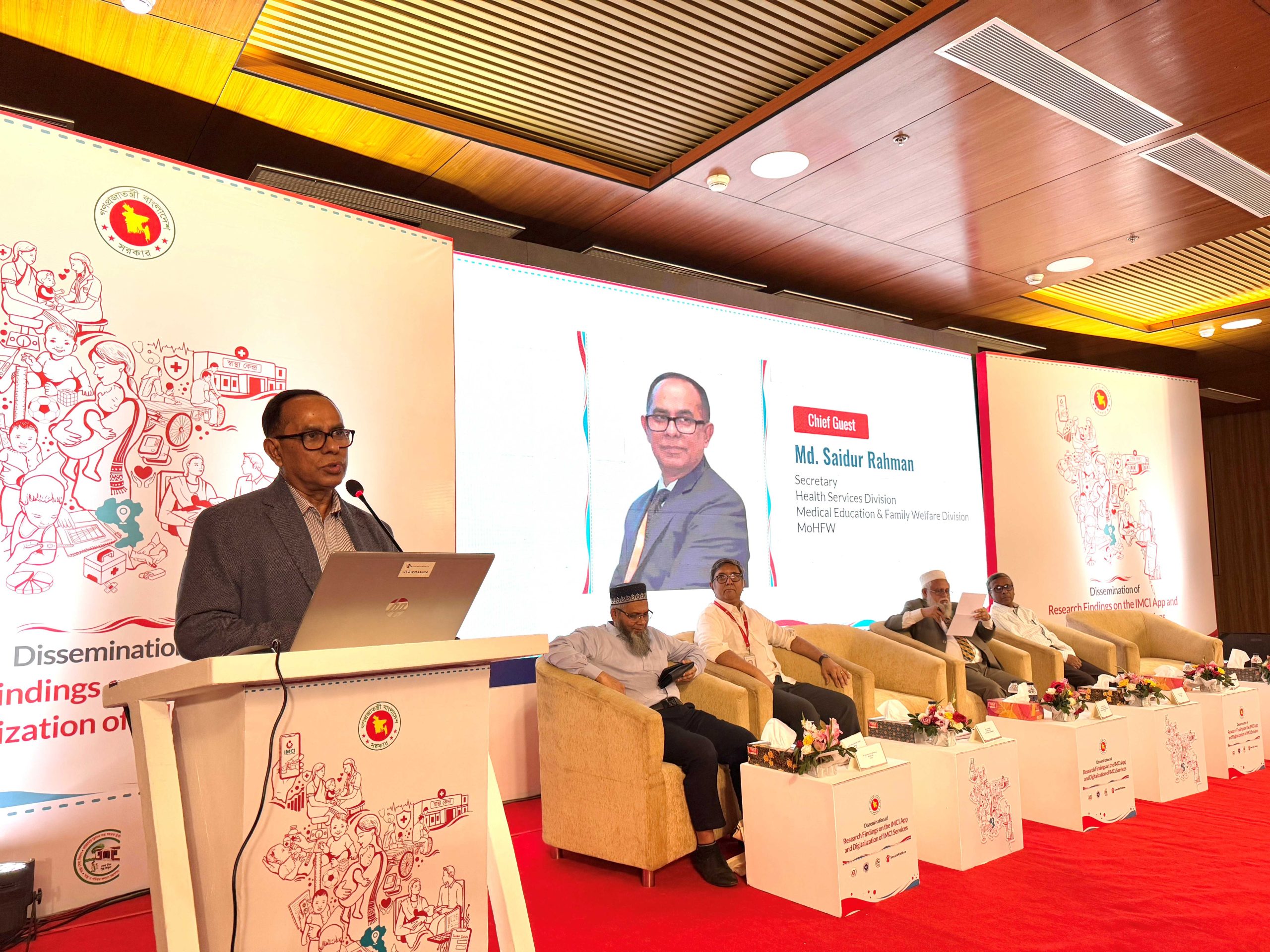The importance of recognising skills-based employment opportunities and revenue streams to help Bangladesh achieve its sustainable development goals.
Bangladesh enjoys a strong demographic dividend, as one-fourth of its population is within the age group of 15–29 years. Despite this, only 2 million youth enter the workforce each year with little or no experience, applied knowledge, or skills. The 2016–17 labour force survey highlights that millions of the working-age population are unemployed or employed in the informal sector. It is necessary to convert them into human capital through demand-driven technical and non-technical skills training and integrate them into decent income-generation activity before they perish in the next decade.
According to the International Labor Organisation (ILO), the youth unemployment rate in Bangladesh stands at 10.6%, more than double that of the national unemployment rate (4.2%). Graduates are the highest cohort among the youth unemployment segment. A survey conducted by the Bangladesh Institute of Development Studies (BIDS) found that 66% of National University graduates are unemployed. This is because most graduates entering the employment market have never received any career counselling, training, or guidance from their respective universities. As a result, they are neither aware of what employers expect from a potential candidate nor of the skills they require to be employed. The scenario is even unfavourable for females due to lack of access to relevant skills, social stigma, societal pressure, and restricted mobility, among other limitations. As such, only 37.7% of females are integrated into the labour force, compared to 80.6% of males.
Due to the scarcity of skilled labour, employers are suffering to meet their recruitment needs. In Bangladesh, 36% of employers are suffering from a shortage of skilled labour in entry-level positions. Therefore, there exists a mismatch between supply and demand for skilled labour, resulting in the loss of GDP required to achieve Vision 2041.
The Government of Bangladesh (GOB), under its Vision 2041 framework, aims to steer the country towards an upward trajectory of development. The vision is to eradicate extreme poverty and reach Upper Middle-Income Country (UMIC) and High-Income Country (HIC) status by 2031 and 2041, respectively. To achieve its vision, the GOB prioritises developing human capital through skill development and converting them into a skilled workforce while concurrently focusing on poverty reduction by enlisting them in decent income-generation activities, in turn, achieving its Sustainable Development Goal (SDG) 8 in the process. SDG 8 Goal has been stated to “promote sustained, inclusive, and sustainable economic growth, full and productive employment, and decent work for all” according to the United Nations.
For over a decade, Bangladesh has been successful in sustaining high economic growth. In 2019, the real GDP per employed person, which is used to evaluate the ability of a country’s economic environment to create decent work opportunities with equitable and fair compensation was 5.58%, and in 2020, it was 1.24%. The repeated shock of COVID-19 and the subsequent preventive measures put in place were the causes of the abrupt decline.
Despite the setback, the economy is recovering. In 2021, the real GDP per employed person was estimated to be 4.66%. This suggests that Bangladesh’s economy is resilient and has the potential to create employment opportunities aligned with SDG 8 in the face of adversity. However, the challenge remains when employment in the informal sector is taken into account.
According to the Labour Force Survey 2016-17, 85.1% of the country’s labour force above and within the age of 15 are employed in the informal sector. Despite the fact that the majority of the workforce is employed, employment in the unregulated informal sector lacks legal security and benefits, which prevents it from providing full, productive, and decent employment.
To achieve its SDG 8 goal, the GOB aims to utilise technological innovation to increase productivity and encourage economic growth. The key to reducing child labour, raising labour productivity, and ensuring decent pay is to support policies that spur entrepreneurship and job creation. In doing so, the GOB aims to reduce poverty (SDG 1) and unemployment. To address the increased participation of the labour force in the informal sector, the GOB aims to reduce the overall proportion of the labour force in the informal sector to 65% by 2030.
To accelerate entrepreneurship and empower females (SDG 5), the GOB encourages female economic participation in small-scale entrepreneurship by providing different incentives, such as supporting access to finance and markets, ensuring workplace safety and security, providing childcare support, increasing accessibility to technical and vocational, financing and management training.
Today’s youth, often cited as the country’s demographic dividend, have immense potential and energy, not only to make positive changes to their quality of life but also to contribute significantly to the country’s economy. However, despite multiple employment offers provided by private sector organisations, the availability of freelancing opportunities, and existing support and encouragement towards entrepreneurship, youth often fail to take advantage of these opportunities.
One key reason is the lack of access to information. A study conducted by BRAC on ‘Youth Perception on Technical and Vocational Education and Training TVET and Subsequent Employment’ highlighted that 23.3% of the surveyed youth who did not receive TVET are not aware of TVET, let alone subsequent employment opportunities. Similarly, many university graduates looking for employment often lack sufficient employment market information and focus only on BCS exams to secure government employment. For instance, over 350,000 candidates competed for 1,710 available positions during the 44th BCS exam.
Another key reason is the perception towards certain employment sectors. For instance, considering the employment market landscape, the sales sector offers significant employment opportunities. However, the perception of working long hours and meeting tough targets, in addition to significant field movement and low compensation, often discourages youth from entering the sales sector, despite opportunities to attain performance-based bonuses, transferable skills, and build confidence and resilience, among others.
Therefore, today’s youth need to be aware of the opportunities surrounding them, have an open mindset, be resilient in the face of adversity, and be open to trying new opportunities. Multiple avenues exist to search for the right information and seek career guidance. For example, Career Hub powered by BRAC, and BYLC’s Career X provide career guidance, professional development or job readiness training programmes, and employment linkage opportunities for university graduates, whereas BRAC Institute of Skills Development provides industry demand-driven and competency-based skills training and job linkage support in multiple sectors for youth not engaged in education or who want to develop their skills for better opportunities in the future. Avenues such as freelancing and entrepreneurship should also be explored and considered viable career pathways.
From a broader perspective, universities should partner with private sector organisations and develop a framework where students can gain experience while studying. Curricula need to be developed where students learn about real-life scenarios, develop and implement solutions, and enhance their soft skills.
Today’s youth are a cornerstone to supporting the country’s economy. As such, more initiative and public-private collaboration are required to empower the youth of today to build a future for tomorrow, both for themselves and for Bangladesh.
About the Author:
Sadman Rafid Fagun has a wealth of knowledge and experience in the NGO sector after having worked for more than three years in the fields of communication and private sector engagement within the skills development arena.
















